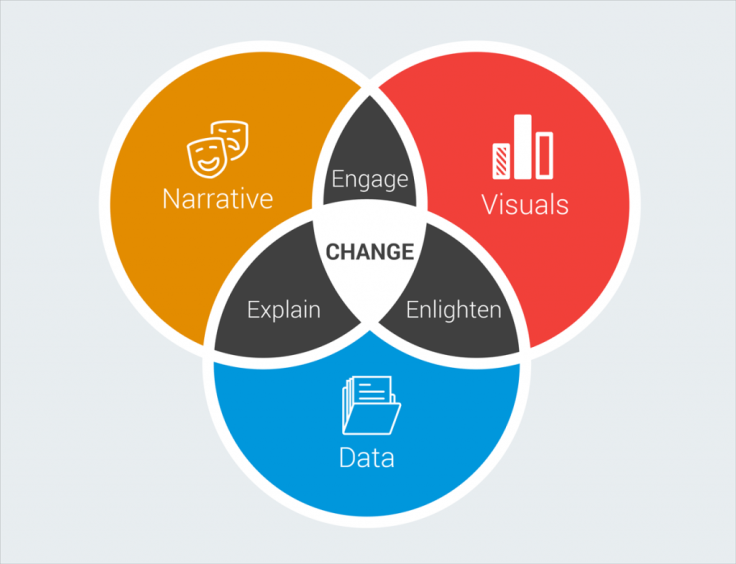Because developing a residential curriculum entails refocusing your departmental efforts towards student learning, it necessarily follows that you must develop a culture of assessment. A culture of assessment is one in which decisions are data-driven and tested through the design, implementation, and review of assessment measures. As Lakos and Phipps (2004) describe it, a culture of assessment is:
An organizational environment in which decisions are based on facts, research, and analysis, and where services are planned and delivered in ways that maximize positive outcomes and impacts for customers and stakeholders. A Culture of Assessment exists in organizations where staff care to know what results they produce and how those results relate to customers’ expectations. Organizational mission, values, structures, and systems support behavior that is performance and learning focused. (p. 352)
These cultures therefore have adopted premises and strategies that continuously refocus organizational efforts on improving practice through feedback and data. Although authors Lakos and Phipps (2004) discuss creating a “culture of assessment” within a university library environment, almost all of the same principles apply to residence life and student affairs settings. For example, the authors outline some of the difficulties inherent in developing these cultures. The following quote from their article replaces the word “libraries” with “residence life:”
One challenge associated with creating a culture of assessment in [residence life] relates to professional values. A profession that inherently believes that it is a “public good” does not feel the need to demonstrate outcomes and articulate impact. There is a deeply held and tacit assumption that the “good” is widely recognized and that the value of [residence life] is universally appreciated. In the current environment of competition and of questioning every assumption, this deeply held value results in resistance to change and resistance to continuous assessment. (p. 350)
The difficulties the authors identify here can consistently be seen in many residence life and education departments across the country. Residence life professionals often know they do good and important work in the residence halls, but are increasingly called upon to justify, demonstrate, and ultimately improve the effects of this work through data. Socialized through systems that often perpetuate the status quo, residence life professionals may fail to critically examine practices that have become assumed (such as programming models, bulletin boards, and door decs). Moving to a curricular model forces one to focus on learning first, and then evaluate (and reevaluate) these practices as to whether or not they are effective at promoting this learning. For this reason, creating a culture of assessment is a key component to developing a successful curriculum.
A video on “Building Assessment into Residential Curriculum” (no longer available) from ACPA’s Institute on the Curricular Approach (formerly the Residential Curriculum Institute), identifies three key components of an effective assessment culture. First, responsibility for assessment can be found in almost all staff job descriptions. Although a department or division may have a staff member solely dedicated to assessment, the assessment process must be owned by all members of staff. Second, there should be clear learning goals and outcomes articulated in order to define what is being measured. Without clarity in objectives, assessment will lack focus and effectiveness. Finally, having a “data strategy,” or knowing how this data will be analyzed and used, can increase effectiveness. This includes how assessment data fit into the overall efforts of the university.
Data Storytelling
A final and often overlooked aspect of creating a “culture of assessment” is making sure that assessment results are shared with key partners and stakeholders. This includes being effective at “telling your story.” It is not enough to just collect data, but the data needs to be shared and used towards continuous improvement. Being open and transparent with this data can also help with staff member, partner, and stakeholder engagement. The graphic below (from Forbes) provides an excellent visual explaining how this sharing process can look. Taking your raw data and providing context (narrative) and presenting it in a way that others can understand it (visuals) can help fuel informed change in your curriculum and department. If refocuses attention on student learning and the effectiveness of initiatives attempting to promote that learning.
Assessment isn’t just a one-off occurrence or practice, rather, it is an integral component of any learning organization. It is also a process that is continuous, not just something that occurs at the end of the semester or year. By engaging in real time assessment, changes can be made throughout the process, not just at its conclusion. For this reason, departments must look to supplement monolithic time-limited survey assessments with micro-assessment points throughout the year. During a program or event, a facilitator may wish to do a quick in-the-moment assessment of student learning and adjust the program on-the-fly. With data captured through conversation, real time trends may emerge that would suggest heightened emphasis or less emphasis on particular topics. With recent advancements in technology, this data is becoming increasingly easier for staff members to access.
Conclusion
Developing a curriculum is not just about the nuts and bolts of writing learning outcomes and facilitation guides. Rather, it is a process. A process that entails organizational change and culture building. Key to this cultural change is developing a culture that grounds its work in outcomes and backs it up through data. Creating a culture of assessment is therefore key, not only in ensuring continuous improvement but also in engaging with internal and external partners and stakeholders. Like tending to a garden, careful attention to these cultural factors can help ensure you curriculum, and your students, grow to their greatest potential.
Key Questions
- What practices do you currently do that promote and sustain a culture of assessment and learning?
- Who is “responsible” for assessment in your organization? How can you ensure shared responsibility?
- How do you share your story through data with staff members, partners, and stakeholders?
References:
Lakos, A., & Phipps, S., (2004). Creating a culture of assessment: A catalyst for organizational change. Libraries and the Academy, 4(3), 345-361. Retrieved from https://cloudfront.escholarship.org/dist/prd/content/qt0843106w/qt0843106w.pdf

